Back Pain
This page contains novel technological non- invasive approaches for treatment of low back pain and herniated disc disorders.We have been on forefront of rehabilitation of most difficult low back and neck pain disorders with combination of our integrative hands on manual, rehabilitative and technological approaches.
Back pain affects 90% of Americans at some point of their life and is the leading cause of visits to the doctor. Low back pain is the most prevalent cause of disability in people under age 45; $100 billion is spent annually on treatment of low back pain, with more then half of that spent on surgical treatment. Low Back Pain (LBP) has long reached epidemic proportions in the Western world. Acute LBP is one of the leading symptoms that force an individual to seek medical attention. At the same time the chronic back pain is responsible for enormous cost to health care and society.
It has been traditionally, although incorrectly, believed that acute LBP episodes resolve themselves within a relatively short period of time. This mistaken belief has led to the symptomatic management, consisting mostly of the bed rest and pain medication, which is proven to promote chronicity. A scientific consensus gradually emerged over the past ten years that understate the role of the structural findings by MRI and/or X-RAY as being decisive in LBP diagnostics and treatment strategies. By far the most common painful locomotor (musculoskeletal) system conditions are in fact the ones called idiopathic (without an apparent cause) because no structural pathologies can be found.
An alternative had been suggested advising encouraging LBP patients with reassurance that there is no serious life-threatening disease involved and that the only sure road to the complete recovery goes through the measured resumption of normal activities and restoring function. Implementation of this approach resulted in significant decrease in LBP chronicity and consequent disability in part by eliminating the psychological impact of pain on the nervous system.
Restoring function has only recently become the standard in physiotherapy,chiropractic and rehabilitation medicine. However the restoration of function is mostly attempted by the practitioners through the purely mechanical means. They commonly fail to acknowledge that functional pathology is not just altered biomechanics, but rather a response of the Central Nervous System to pain and dysfunction by altering motor control residing in the brain. Therefore, it is motor control of the Central Nervous System and not the biomechanics that should be addressed when formulating the treatment of low back pain.
It must be also realized that by no means can people complaining of back pain with non-identifiable origin be labeled malingerers, nor should their condition be identified as psychogenic. The somatic origin of their symptoms can be easily established. Clinical examination usually reveals the multitude of signs and symptoms of physical origin of pain. And here lies another problem. Because functional aberration can be objectified through the physical examination, it is routinely treated as a mechanical disorder, the approach which, as we stated above, is inadequate and leads to poor treatment outcomes.
When treating the function it is important to realize that the mechanical change is a source of information processed through the Central Nervous System, which in turn makes the locomotor control programs react in a coordinated fashion. Even when mechanical changes are obvious and structural pathology is objectified, it is the disturbed function that should be the primary target of the treatment.
The biggest mistake in medical approach to treatment of back pain has been isolated by science and has become common knowledge today. Since the wide availability of the MRI doctors have been over relying on radiologic findings with such diagnoses as herniated or bulging disc. This has led to many unnecessary spinal surgeries which known to have poor outcome. In fact recent survey of 800 spinal surgeons to choose most appropriate treatment for herniated and bulging disc conditions was physical therapy.
Back Pain Is Multifactorial
Variety of latest studies showed that patients with back pain do not fit in one category. There are multiple subgroups of patients which have low back pain. Very detailed classifications have been created based on very extensive studies of large population suffering from LBP. At Dynamic Neuromuscular Rehabilitation being participants of four World congresses of Low Back and Pelvic Pain we are quite familiar in recognizing which category and subgroup this particular patient belongs to. Our treatment protocols are not based on one modality or one method.We have professed clinical and technological diagnosis which allows us to select most appropriate integrative intervention for successful treatment. When back pain is not initially addressed with the right intervention it could become chronic and lead to serious consequences.
How Functional Treatment Is Conducted
The term Locomotor Dysfunction, as we have stated above, describes an abnormal condition of tissues involved in body mobility, posture and muscle balance, including muscles, joints, discs and, most importantly, neural wiring in the central motor regulation centers of the Central Nervous System. This situation can be reversed by a variety of manual techniques and remedial exercises, which affect the nervous system globally, as a whole. Manual techniques are used to treat local muscle and joint dyfsunction consist of joint and soft tissue manipulation, reflex stimulation, various muscular techniques, which release Trigger points , muscle hypertonicity (spasm) and either inhibit hypertonic muscles or facilitate (strengthen) weak muscles. Exercise program includes spinal stability (core) and postural training, body awareness exercises, sensory integration, breathing and core retraining and therapeutic exercises.Following pain reduction patients is treated with blend of specific techniques from yoga and Pilates based on individual needs.
Rooted in Developmental Kinesiology, our therapeutic program is based on evoking the ideal movement patterns through the reflex stimulation of the motor regulation centers, and then conditioning the patients through exercise to be able to activate these patterns automatically without any conscious effort. All of the soft tissue techniques and gentle non-forceful manipulations are conducted in basic primal positions and follow the rules of Development Kinesiology.
Our therapeutic program puts a special emphasis on the importance of deep spinal stability. Deep muscles of the spine are the first ones to be affected when motor programs become corrupted. They almost never produce pain, but their inability to properly co-contract (contract together) overloads more superficial muscles. This dysfunction overloads the spine .creates trigger points, fascial restrictions, joint subluxations and other abnormalities that ever so often result in excruciating pain so familiar to the LBP sufferers. Therefore, our primary goal in this respect is to teach our patients to feel and control these muscles in order to decrease load on the spine, reduce shearing forces and guide the body to create optimal compensation. We further aim to train our patients in how to activate these muscles (core and etc..) evoking appropriate movement patterns and eventually to condition the brain to activate the associated locomotor programs automatically without the patient voluntary control. In our experience this is the best way to release muscular tension, remove sublaxation, establish proper movement patterns, improve posture and dramatically improve and strengthen spinal stability. This approach not only alleviates suffering but also prevents relapses and recurrences which are so common with the back pain. For patients with increased work demands or athletes whether recreational or professional we progress spinal stability training into a functional training. The functional training is goal-oriented and involves various movements like: lunges, squats, pulling and twisting all of which are performed in challenging positions and are enhanced by different labile surfaces. Due to majority of jobs today requiring excessive sitting, back and pain today have intimate relationship of how patient gets into seating as well as the work place ergonomics. We have spent significant time understanding and studying seating back pain category. We have devised specific therapeutic intervention based on seating demands.
The optimal goal of our rehabilitation programs is to optimize the function, it does not mean that we reject cooperation with the most accepted and therapeutically proven conventional methods of medical intervention which involve such procedures as epidural injections.
It is commonly believed, even by most conservative health care practitioners, that a patient should consider epidural steroid injections only when all other options are exhausted. This belief unfortunately may backfire and harm the patient if the practitioner is biased or if he is not greatly familiar with pain management guidelines. The blind belief in the holistic approach can bring disability to the patient if the conservative care practitioner rejects the pain management treatment and has poor understanding of when and what type of pain management is best for the patient. We, in our practice, do not overestimate the power of functional approach and never ever deny the qualified patient timely referral to a pain management specialist . The functional approach that we profess is actually the best indicator of when a patient has reached the plateau and the conservative care is in need of pain management support.


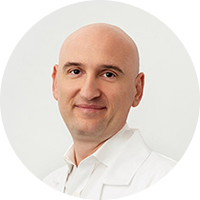
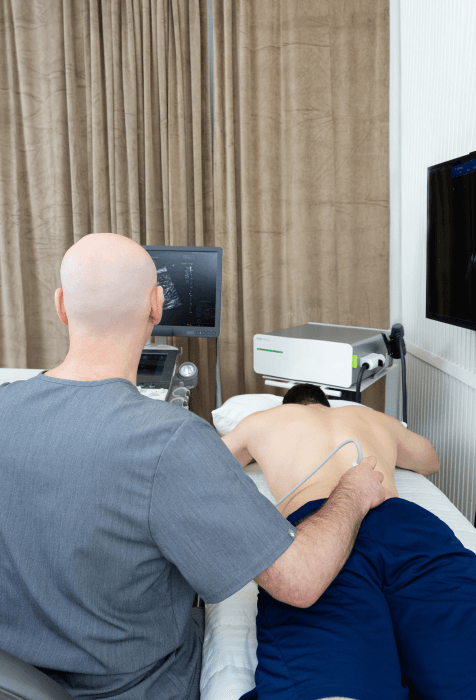
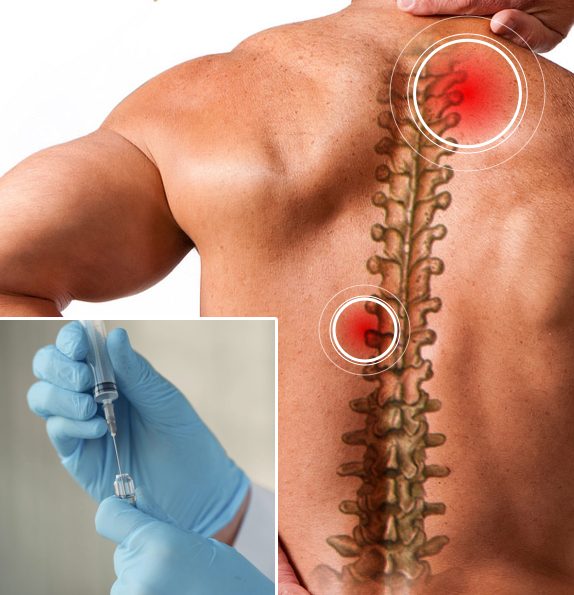
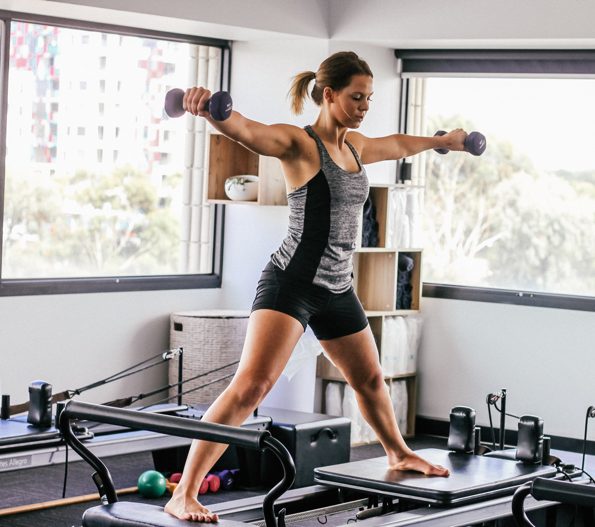



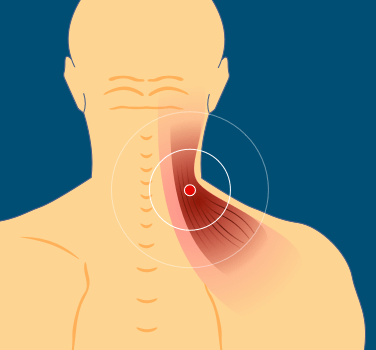
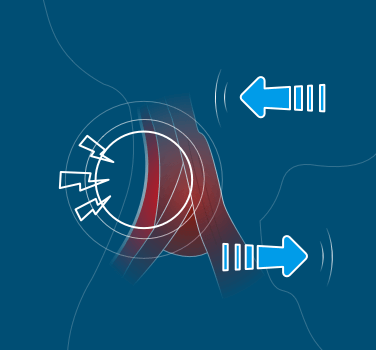
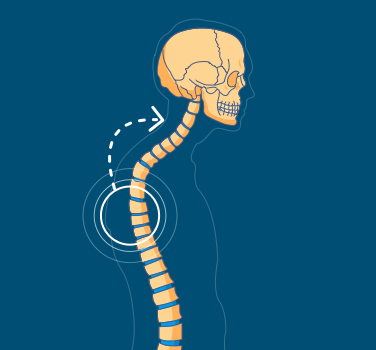
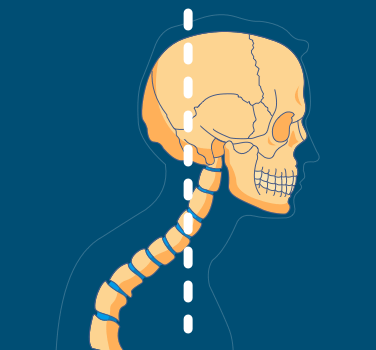
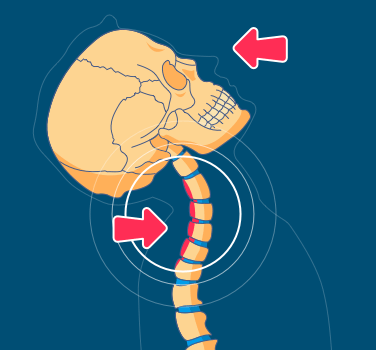
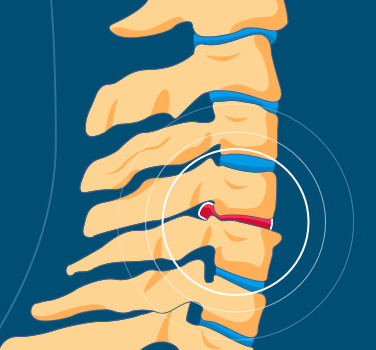
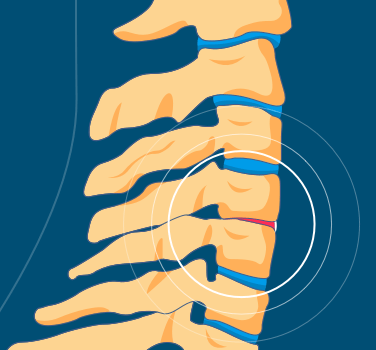
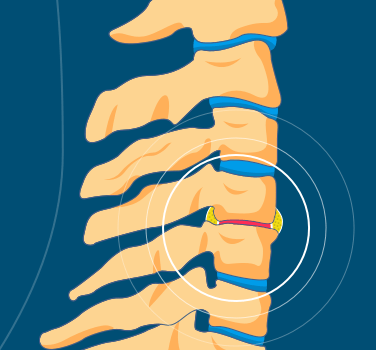
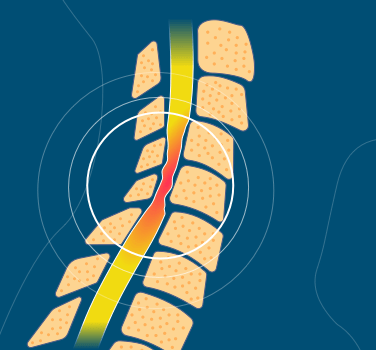
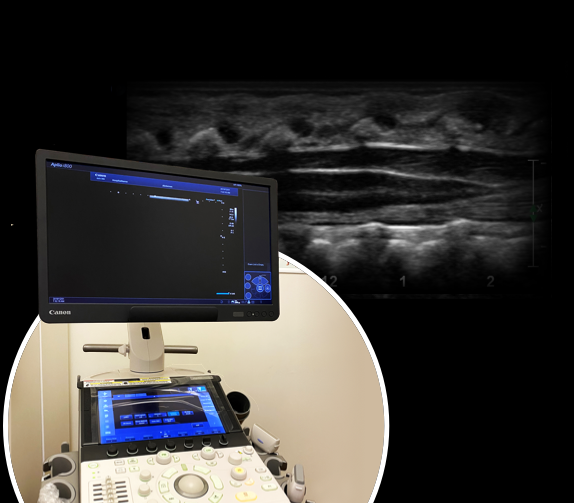
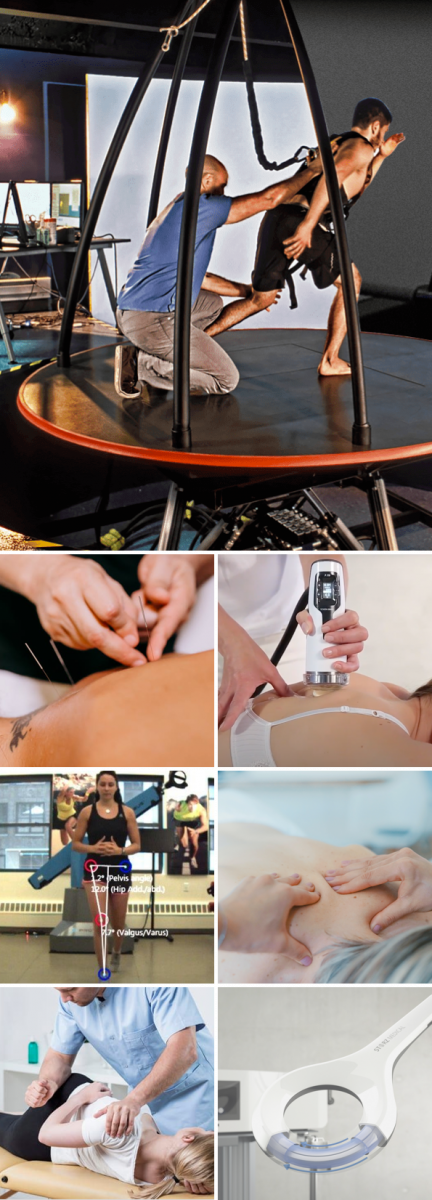
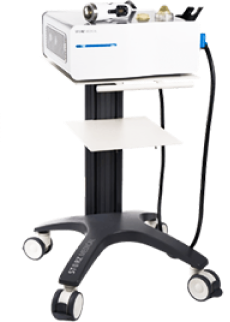
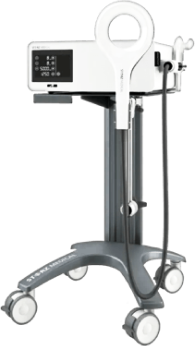
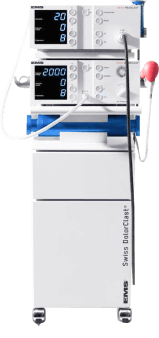
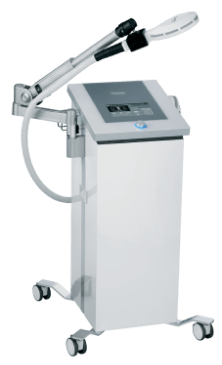
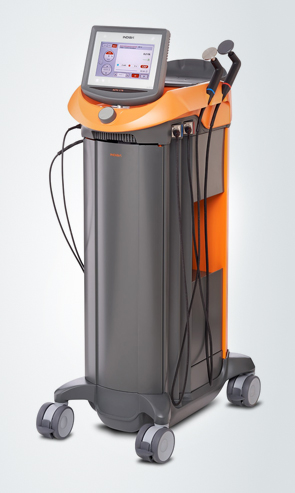
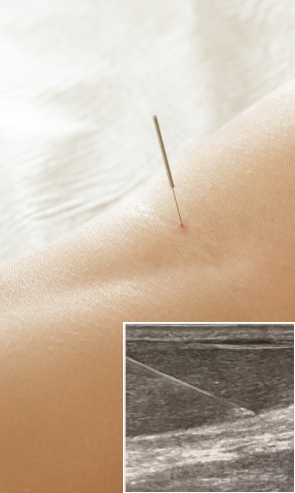

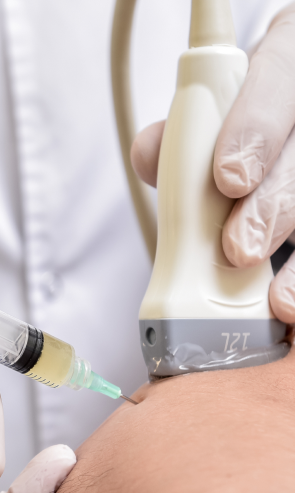
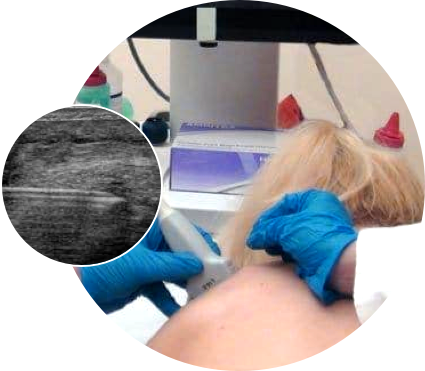
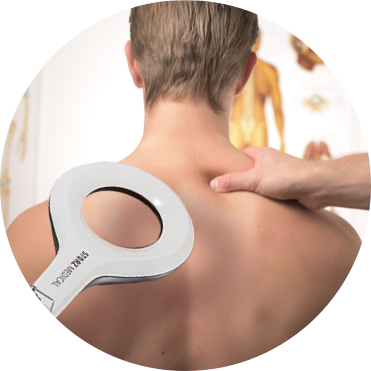

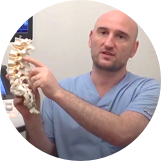
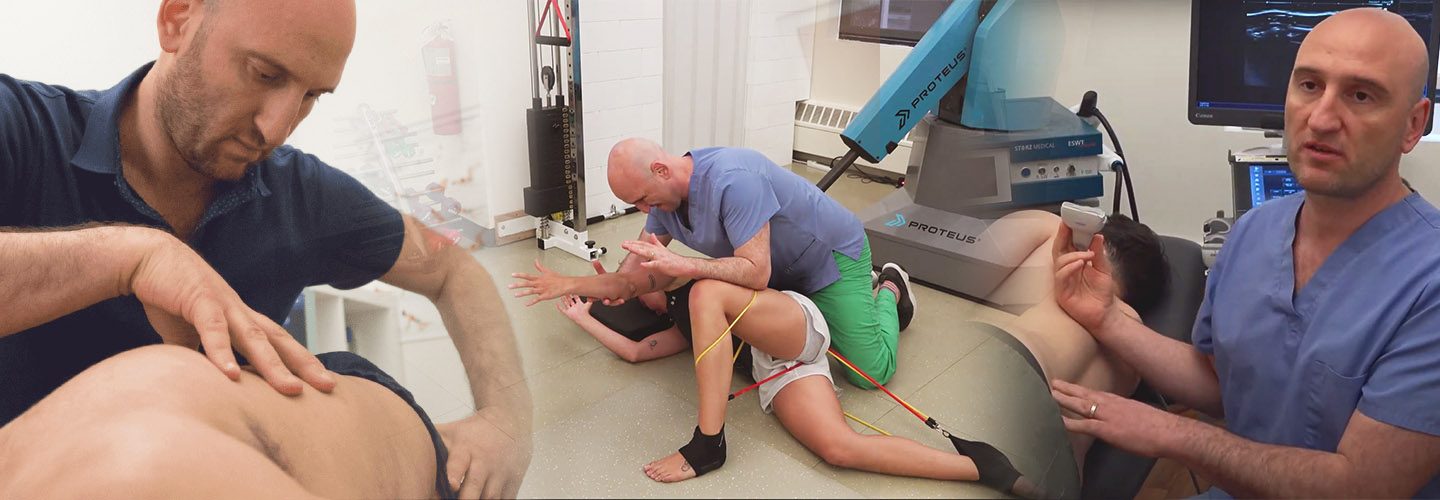
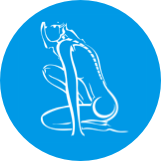
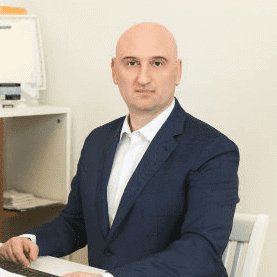
























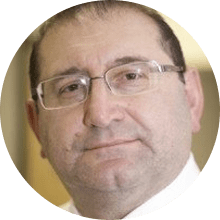 Dr. Mikhail Bernshteyn
Dr. Mikhail Bernshteyn  Dr. Michael Goynatsky
Dr. Michael Goynatsky 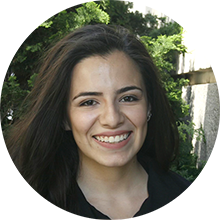 Dr. Daniela Escudero
Dr. Daniela Escudero  Dr. Michelle Agyakwah
Dr. Michelle Agyakwah 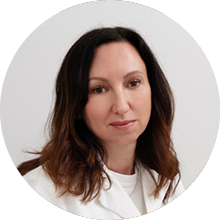 Dr. Tatyana Kapustina
Dr. Tatyana Kapustina 




























